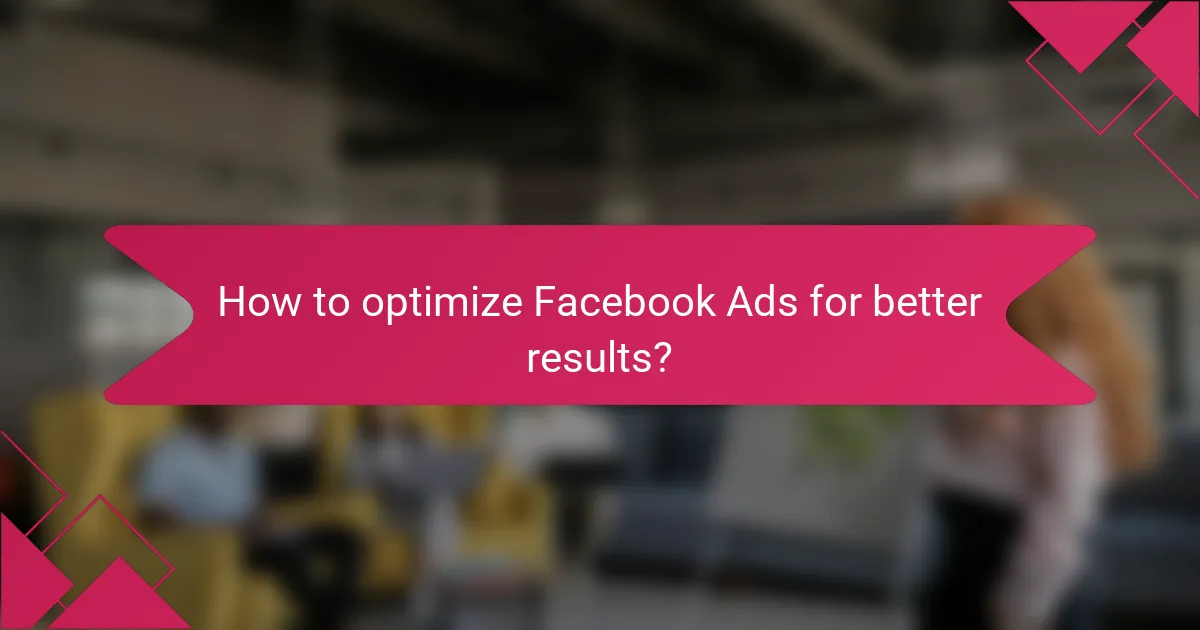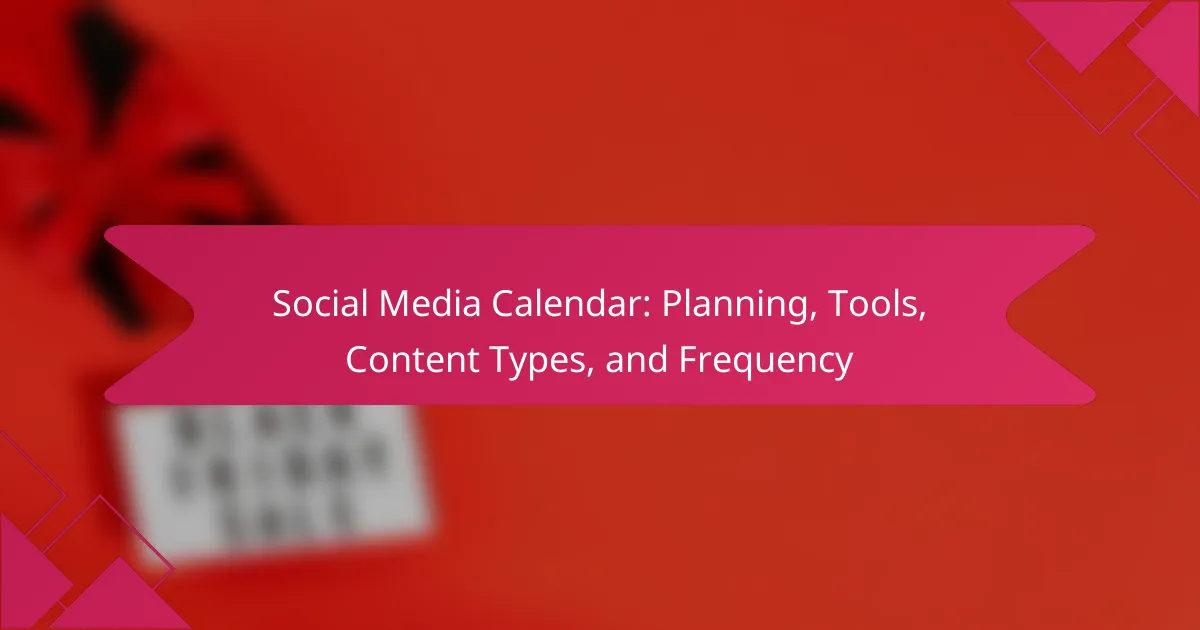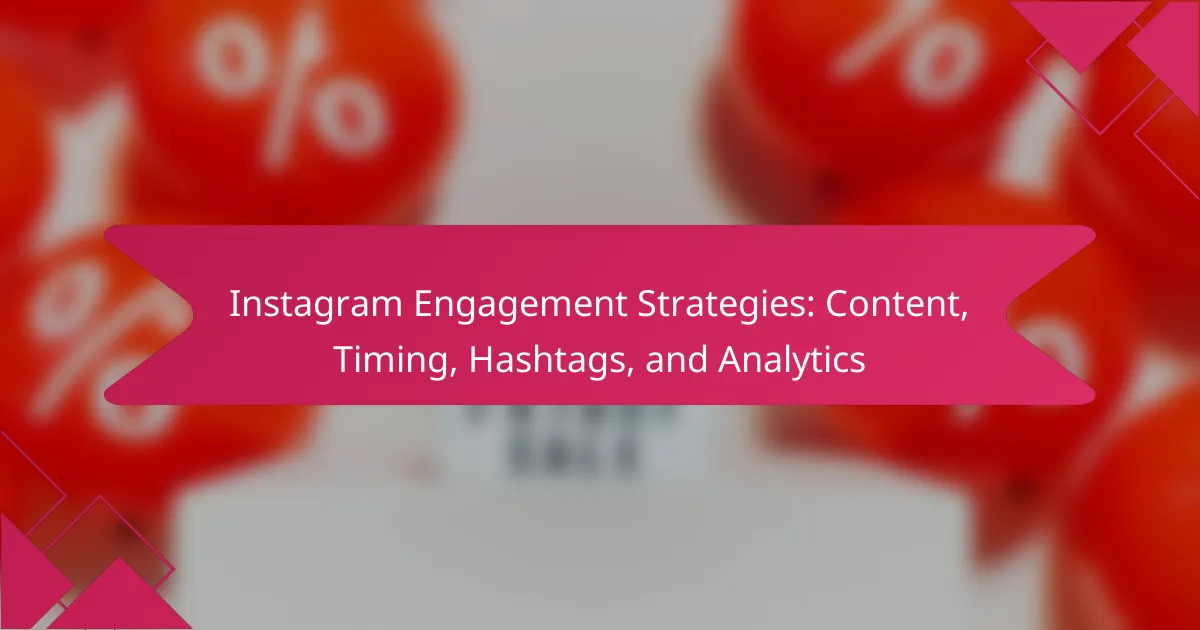Facebook Ads provide a powerful platform for advertisers to reach their target audience through strategic budgeting, precise targeting, and engaging creative content. By understanding financial limits and setting clear objectives, advertisers can optimize their ad spend while utilizing various targeting options to connect with specific demographics and interests. Additionally, crafting compelling visuals and copy tailored to audience preferences can significantly boost ad performance and engagement rates.

How to budget for Facebook Ads in Canada?
Budgeting for Facebook Ads in Canada involves understanding your financial limits and setting clear objectives. A well-structured budget helps you allocate resources effectively to maximize your ad performance while minimizing waste.
Daily budget vs. lifetime budget
A daily budget sets a maximum amount you are willing to spend each day, while a lifetime budget is the total amount you plan to spend over the entire campaign duration. Choosing between the two depends on your campaign goals and cash flow.
Daily budgets are ideal for ongoing campaigns where you want consistent visibility, whereas lifetime budgets work well for specific promotions or events, allowing for flexibility in spending over time.
Average costs per click in Canada
The average cost per click (CPC) for Facebook Ads in Canada typically ranges from CAD 0.50 to CAD 2.00, depending on factors like industry and competition. Understanding these costs helps you gauge the financial feasibility of your campaigns.
For example, industries such as finance or real estate may experience higher CPCs due to increased competition, while niche markets may enjoy lower costs. Monitoring these trends can inform your bidding strategy.
Setting realistic ROI goals
Setting realistic return on investment (ROI) goals is crucial for effective budgeting in Facebook Ads. Aim for an ROI that reflects your industry standards and business objectives, typically ranging from 200% to 400% for successful campaigns.
To achieve this, analyze past performance data and adjust your expectations based on your ad spend and conversion rates. Regularly reviewing your ROI will help you refine your strategy and improve future campaigns.

What targeting options are available for Facebook Ads?
Facebook Ads offers a variety of targeting options to help advertisers reach their desired audience effectively. These options include demographic data, interests, and custom audience features, allowing for precise ad placement based on user characteristics and behaviors.
Demographic targeting in Canada
Demographic targeting allows advertisers to reach specific groups based on characteristics such as age, gender, education, and location. In Canada, you can target audiences by provinces, cities, or even postal codes, making it easier to connect with local consumers.
For example, if you’re promoting a product aimed at young adults, you might focus on users aged 18-24 in urban centers like Toronto or Vancouver. This targeted approach can improve engagement and conversion rates.
Interest-based targeting
Interest-based targeting enables advertisers to reach users based on their hobbies, activities, and interests as indicated by their Facebook interactions. This method helps ensure that your ads are shown to people who are more likely to be interested in your product or service.
For instance, if you sell outdoor gear, you can target users who have shown interest in hiking, camping, or outdoor sports. This increases the likelihood of reaching potential customers who are already inclined towards your offerings.
Custom audiences and lookalike audiences
Custom audiences allow you to upload your existing customer data, such as email addresses or phone numbers, to Facebook. This lets you target ads specifically to your current customers or re-engage users who have interacted with your brand before.
Lookalike audiences take this a step further by finding new users who share similar characteristics with your existing customers. This can significantly expand your reach while maintaining relevance, as these users are likely to have similar interests and behaviors.

What creative strategies work best for Facebook Ads?
Effective creative strategies for Facebook Ads focus on engaging visuals, compelling copy, and innovative formats. Prioritizing audience preferences and platform trends can significantly enhance ad performance and engagement rates.
Video ads vs. image ads
Video ads typically capture attention more effectively than image ads, as they can convey a narrative and evoke emotions. They are ideal for showcasing products in action or telling a brand story. However, image ads can be more cost-effective and quicker to produce, making them suitable for straightforward promotions.
Consider using video ads for campaigns aiming for higher engagement, while image ads can work well for direct response campaigns. A/B testing both formats can help determine which resonates better with your audience.
Ad copy best practices
Strong ad copy is concise, clear, and tailored to the target audience. Start with a compelling hook that addresses a pain point or desire, followed by a strong call to action (CTA). Use language that reflects your brand’s voice and resonates with your audience’s values.
Avoid jargon and keep sentences short for better readability. Incorporating questions can engage users and encourage interaction. Regularly review and update your ad copy based on performance metrics to ensure it remains effective.
Using carousel ads effectively
Carousel ads allow you to showcase multiple images or videos in a single ad, enabling storytelling or highlighting various products. Each card can link to a different destination, making them versatile for driving traffic to specific product pages or landing sites.
To maximize their effectiveness, ensure each card has a cohesive theme and clear messaging. Use high-quality visuals and concise text to maintain user interest. Test different sequences and combinations to find the most engaging arrangement for your audience.

How to measure Facebook Ads performance?
Measuring Facebook Ads performance involves analyzing various metrics that indicate how well your ads are achieving their objectives. Key metrics include engagement rates, conversion rates, and return on ad spend (ROAS), which help you assess the effectiveness of your campaigns.
Key performance indicators (KPIs)
Key performance indicators (KPIs) are essential for evaluating the success of your Facebook Ads. Common KPIs include click-through rate (CTR), cost per click (CPC), and conversion rate. Understanding these metrics allows you to identify which ads resonate with your audience and which need adjustments.
For example, a high CTR indicates effective ad copy or visuals, while a low conversion rate may suggest issues with the landing page or offer. Regularly monitoring these KPIs helps you make informed decisions to optimize your ad spend.
Using Facebook Ads Manager for analytics
Facebook Ads Manager is a powerful tool for tracking and analyzing ad performance. It provides detailed insights into your campaigns, including demographic breakdowns, engagement metrics, and conversion tracking. Familiarizing yourself with the interface can enhance your ability to interpret data effectively.
Utilize the reporting features to create custom reports that focus on the KPIs most relevant to your goals. This allows for quick adjustments to your strategy based on real-time data, ensuring you stay aligned with your advertising objectives.
Understanding conversion tracking
Conversion tracking is crucial for measuring the effectiveness of your Facebook Ads in driving desired actions, such as purchases or sign-ups. By implementing the Facebook pixel on your website, you can track user interactions and attribute conversions directly to your ads.
To set up conversion tracking, ensure the pixel is correctly installed and configured to capture relevant events. Regularly review the data to understand which ads lead to the highest conversions, allowing you to refine your targeting and creative strategies accordingly.

What are the prerequisites for successful Facebook Ads?
Successful Facebook Ads require a clear understanding of your target audience, a properly set up business manager account, and compelling ad creative. These elements are essential to effectively reach potential customers and optimize ad performance.
Defining target audience
Defining your target audience is crucial for the effectiveness of your Facebook Ads. Start by identifying demographics such as age, gender, location, and interests that align with your product or service. This helps in creating tailored ads that resonate with specific groups.
Utilize Facebook’s audience insights tool to analyze existing customers and discover new potential audiences. Consider segmenting your audience into smaller groups for more personalized messaging, which can significantly improve engagement rates.
Setting up a business manager account
Setting up a business manager account is a key step for managing your Facebook Ads effectively. This account allows you to organize your ad accounts, pages, and the people who work on them in one central location. To create an account, visit the Facebook Business Manager website and follow the prompts to set up your business profile.
Once your account is established, ensure you add your ad accounts and assign roles to team members. This structure not only streamlines ad management but also enhances security by controlling access to sensitive information. Regularly review user permissions to maintain an organized and secure environment.

How to optimize Facebook Ads for better results?
To optimize Facebook Ads for better results, focus on refining your budget, targeting the right audience, creating compelling content, and analyzing performance metrics. These elements work together to enhance ad effectiveness and return on investment.
A/B testing strategies
A/B testing, or split testing, involves comparing two versions of an ad to determine which performs better. This method allows advertisers to test different variables such as images, headlines, and call-to-action buttons to identify the most effective combinations.
When conducting A/B tests, ensure that you change only one element at a time to accurately assess its impact. For example, if you alter the image while keeping the text the same, you can directly attribute any performance changes to the image. Aim for a sample size that provides statistically significant results, typically in the low hundreds to thousands, depending on your audience size.
Common pitfalls include running tests for too short a duration or not having a clear hypothesis. To avoid these mistakes, set a testing period of at least a week and define specific goals, such as click-through rates or conversions, to measure success effectively.










